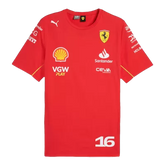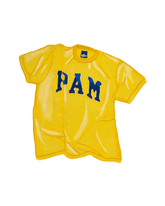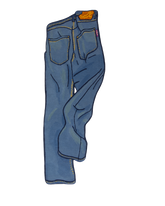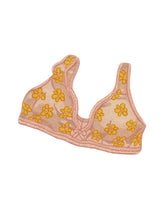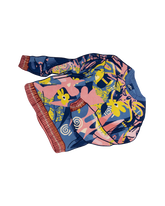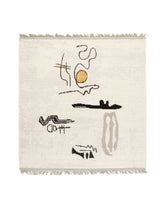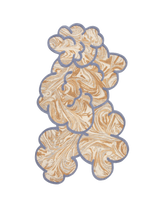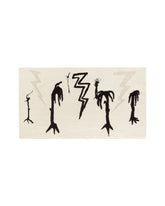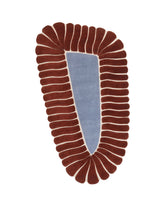Inside Panada Fashion’s Smart Factory: Where Ideas Become Garments Overnight
In Nantong, Jiangsu, a 3,000 m² white building glows around the clock—this is Panada Fashion’s global sleepwear command center. From above, twelve automated overhead conveyor lines crisscross like city viaducts, shuttling 480 semi-finished pieces every minute; on the ground, German Durkopp auto-cutters slice 120 layers of cotton in one pass with 0.1 mm precision.

Step onto the production floor and the first sight is the “Digital Twin Command Center.” Forty 4K screens stream real-time data from 186 JUKI sewing machines—speed, stitch length, yield rate—triggering an alert within 30 seconds if anything drifts. Our MES system breaks each order down to the second: from first cut to boxed parcel, the fastest run is five days, with a minimum order of only 80 pieces—true small-batch agility.

The fabric warehouse is the heart of the plant. Kept at 22 °C and 55 % humidity, more than 300 sustainably sourced materials—TENCEL, bamboo fiber, organic cotton—are stored by QR code. AGV carts deliver the exact roll to a workstation in 45 seconds, six times faster than manual handling.

Quality control passes “three gates.” Gate 1: every incoming roll is OEKO-TEX 100 and BSCI certified. Gate 2: AI vision cameras scan seams in real time, rejecting skipped stitches instantly. Gate 3: finished garments endure a 24-hour continuous wash test to guarantee zero shrinkage and zero color loss. In 2023 our average return rate was 0.3 %—well below the industry average of 2 %.

Most impressive is our flexible production line. A single line can switch styles in 15 minutes—from size S to 4XL, from classic round-neck pajamas to French-cuff nightgowns—without stopping the belt. Last Christmas, when a U.S. client suddenly added 5,000 festive-print sets, we had materials ready in 48 hours and the shipment out the door in 72, helping them capture peak-season sales.

Panada Fashion doesn’t just manufacture sleepwear; we manufacture time value. Every yarn is digitized, every garment carries its own QR code—scan it to trace cotton origin, spinning batch, sewing team, and carbon footprint. Over the next three years we will invest an additional USD 3 million in rooftop solar and rainwater recycling, aiming for zero-carbon production by 2026.

As night falls, 1.2 MW of photovoltaic panels on the roof begin storing energy for tomorrow’s shift. At that same moment, the lights in Nantong sync in real time with design hubs in Milan and Shanghai—from yarn selection and fabric design to merchandising and customs clearance, Panada Fashion’s smart factory shows the world the speed, precision, and conscience of Chinese manufacturing.








